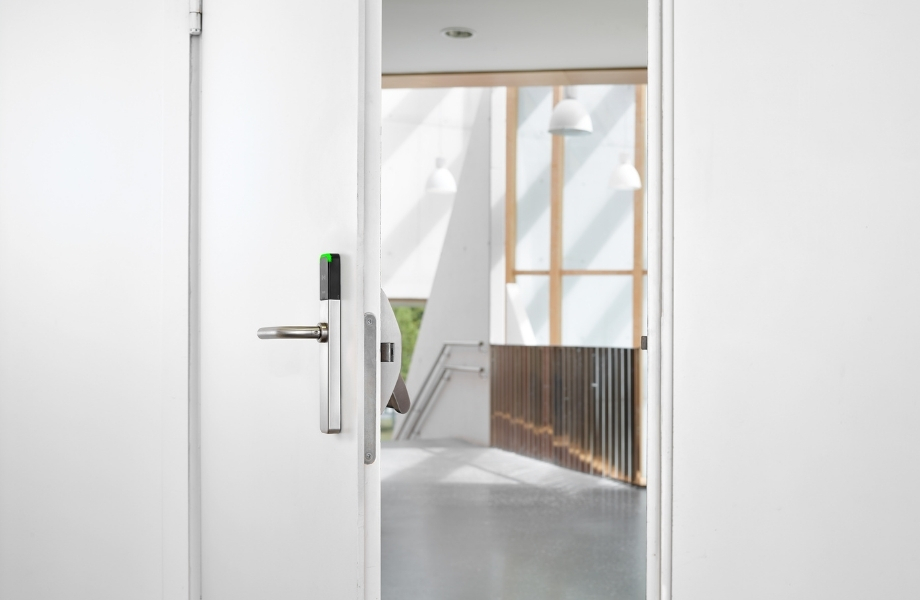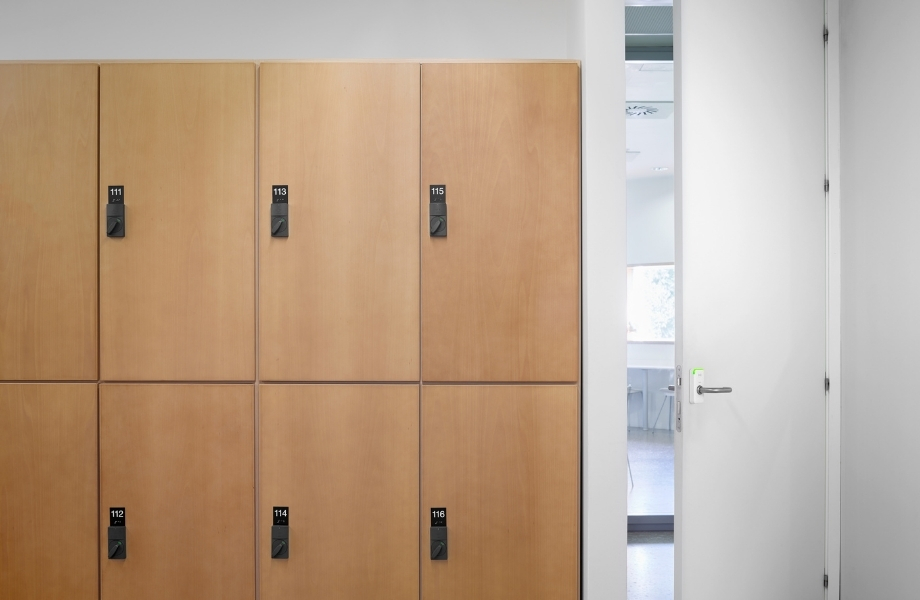Innovative Solutions to Aged Care Security
Caring for our nation’s senior citizens in aged care communities requires safety and security, balanced with independence and quality of life.
This is a complex challenge and the pressure has never been greater than during the past year.
Aged care services are turning to technology to provide significant solutions in this area and one of the most compelling is electronic access control.
Today’s electronic access control (EAC) systems go beyond simply locking and unlocking doors.
They can provide management with real-time information, control and protection with features to restrict access into, out of and within the property 24-hours-a-day.
Electronic door locks are opened with a “credential”, a plastic card, fob, wristband or even smartphone.
Residents, staff and regular visitors each have a credential that is centrally programmed to open only the areas that person is allowed to access based on their profile.
EACs give residents the security of knowing that they and their property are safe.
They know that no unauthorised person can come into their rooms and there’s a record of anyone who tries.
Staff can be allocated access according to their job role, and family and friends can visit easily, even when the front desk is not staffed.

By making it easier for loved ones to access the facility, visits increase, which makes for happier residents.
RCA Villages uses the SALTO EAC to give residents easy access to the shared clubhouse, combined with the peace of mind of knowing that only other residents can use the facility.
They also use the SALTO system at the boom gate on the entrance—the system reads vehicle number plates and automatically lets residents and registered visitors enter.
“SALTO helps us deliver what is important to our residents—an active, healthy and engaging lifestyle, combined with security, safety and peace of mind,” chief operating officer for RCA Villages Peter Quinn said.
Simple to manage
EACs are easy to use for residents, some of whom may not have the dexterity to use a mechanical key.
Long-range readers can be deployed to automatically open doors for authorised residents with disability aids such as wheelchairs and scooters.
They are also far simpler for operators to manage.
The likelihood of losing a wristband, or a card on a lanyard is low, but if a credential is lost, it is simply deleted from the system, replaced, and the new card reprogrammed, no costly and time-consuming replacement of locks and keys.
For visitors, staff and contractors there is the option of conveniently sending digital keys to their smartphones.
EAC systems are managed centrally—operators with multiple properties can manage all access from a single office and reception desks do not have to be permanently manned.
The system provides reports on all door statuses, access or attempted access, so operators can address issues, often before they arise.

For example, if a door to a room, secure area or medicine cabinet is left open, the EAC can automatically send an alert to the nurse station.
When integrated with a CCTV system, vision of an unauthorised user trying to enter a restricted area can be confirmed with EAC records of the person trying to use their credential at the access point.
Operators can also link the EAC to their nurse call for even greater control, allowing the nurse call system to send commands to manage or open doors in the event of an emergency or request for help from inside a room.
The pandemic has highlighted the vulnerabilities and specific needs of older persons, and EACs can be used to reduce the risk to residents: quarantine and lockdown can be managed for all or part of the facility.
Door handles are high-touch areas and onerous environmental cleaning protocols can be supported by the addition of a permanent antimicrobial coating such as SALTO BioCote which significantly reduces the level of microbes on SALTO lock handles by up to 99.99 per cent.
If needed, EACs also provide audit trails with full visibility of every entrant, allowing contact tracing reports to be quickly and easily run.
Smart, cost-effective alternative
Many aged care and retirement villages understand the value of EAC, but assume that it is a costly and intensive exercise to install.
They think it requires building works to run wiring, causing disruption and significant costs - and this is certainly the case with traditional hard-wired access control systems.
SALTO smart access control has turned that paradigm on its head.
SALTO locks are battery-operated and wireless, making them fast and easy to install, even in older buildings. With no building work, the cost is dramatically reduced.
Aged care facilities and retirement villages are now coming out of ‘firefighting’ mode and able to think about planning future enhancements.
For many, EAC is a top priority for 2021. With SALTO, it can be a quick, easy and cost-effective solution that delivers safety, quality of life and, above all, peace of mind.
Hayden Flett is a specialist in electronic access systems, and Solutions Manager for SALTO Systems Australia and New Zealand.
The Urban Developer is proud to partner with SALTO to deliver this article to you. In doing so, we can continue to publish our free daily news, information, insights and opinion to you, our valued readers.














